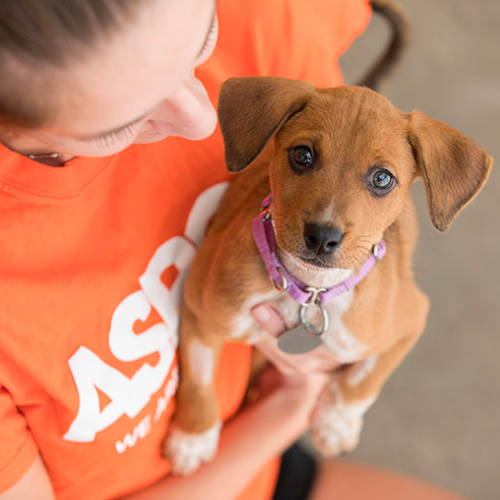Description
Grow a garden filled with the aromatic Peppermint herb, from freshly harvested Mentha piperita herb seeds. Peppermint is an ancient heirloom that dates back to as early as 1500 B.C. The herb is thought to have originated from North Africa and the Mediterranean, introduced as a natural hybrid cross, between both spearmint and water mint. Its strong scented leaves are crushed and used to flavor chewing gum, breath mints and teas. They are also used in all sorts of shampoos, conditioners, toothpastes and skincare products as well. The plants grow to a mature height of roughly 2 feet tall, displaying dozens of 1 to 2 inch, shiny, bumpy leaves. The stems are red colored and smooth, while its blooms are a light pink to purple.
Peppermint is categorized as a perennial flowering herb. Perennials will establish a deep root system in their initial year of growth. They then use this root system to return the following Spring season, even after all plant life has wilted on the surface. Mints, such as Peppermint, are known to be rather invasive at times, spreading through underground roots and runners. This leads most herb gardeners to placing it in pots and containers to otherwise contain its growth. The seeds can drop to the bare ground beneath, often times establishing new plant life around its already established parents.
These fragrant plants are known to attract a few beneficial insects to the garden, such as bumblebees & honeybees. Peppermint is also known to deter some pesky insects as well, such as the white cabbage butterfly, mosquito's and fleas. Simply pick a leaf, crush it up and rub it on your skin for a natural mosquito repellant. The oils of Peppermint plants are often times used in invigorating remedies, to promote energy and alertness as well.






























